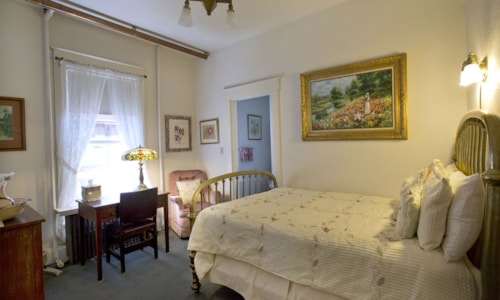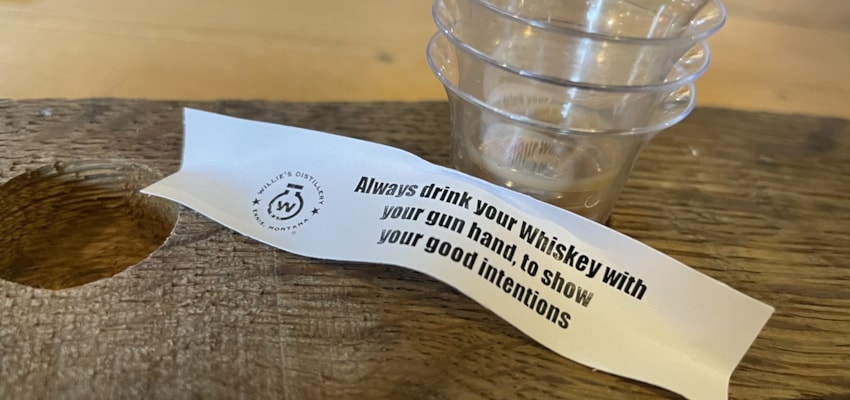Taylor Gordon: Montana Singing Sensation
Sometimes a story grabs your attention and insists that you tell it. For me, this week, it was the story of Taylor Gordon, virtuoso singer, member of the Harlem Renaissance, and Montana native.
I ended my blog on Minerva Cogswell hinting at the idea that individual stories don’t always do justice to the whole range of different experiences people have had. Individual remarkable lives are often just that–remarkable. But at the same time, sometimes remarkable stories need to be told.
And Taylor Gordon’s is a remarkable story.

Born in White Sulphur Springs in 1893, Taylor Gordon was the son of Mary Gordon, a washerwoman and former enslaved person. His father, John Gordon, was a cook in gold and railroad camps, and disappeared when Taylor was a child. In 1890, there were only 1,490 African Americans living in Montana, and the Gordons were one of the few black families outside of the big centers of Butte, Helena, and Fort Benton. As a boy, Taylor worked as a delivery and messenger boy for White Sulphur’s brothels. He eventually worked for circus magnate John Ringling as a chauffer and chef.
By the 1920s, Gordon was a singer in a touring vaudeville act, but his big break came in 1925 when he teamed up with Rosamond Johnson. Rosamond and his brother, James Weldon Johnson, were important figures in the Harlem Renaissance. Gordon and Rosamond joined forces as singing partners, and quickly gained fame, touring across the world.

After hearing a performance in Carnegie Hall, W.E.B. DuBois wrote that “No one who has heard Johnson and Gordon sing ‘Stand Still Jordan’ can ever forget its spell.” (listen to the recording starting at minute 56:28 of the presentation below, and I think you’ll agree).
1900s Montana and 1920s Harlem seem worlds apart, but Gordon’s autobiography, Born to Be offers a vivid and compelling picture of both.
Gordon appeared onstage with Fred Astaire and in Heywood Broun’s Shoot the Works. His was a remarkable and varied career and this blog only scratches the surface. He was an important figure in the Harlem Renaissance whose significance has only recently been re-asserted in a recent new book . His story was also the inspiration behind Prairie Nocturne, by Ivan Doig, a favorite of the blog, and there is an excellent article about Gordon and Doig, as well as more about Gordon’s life.











